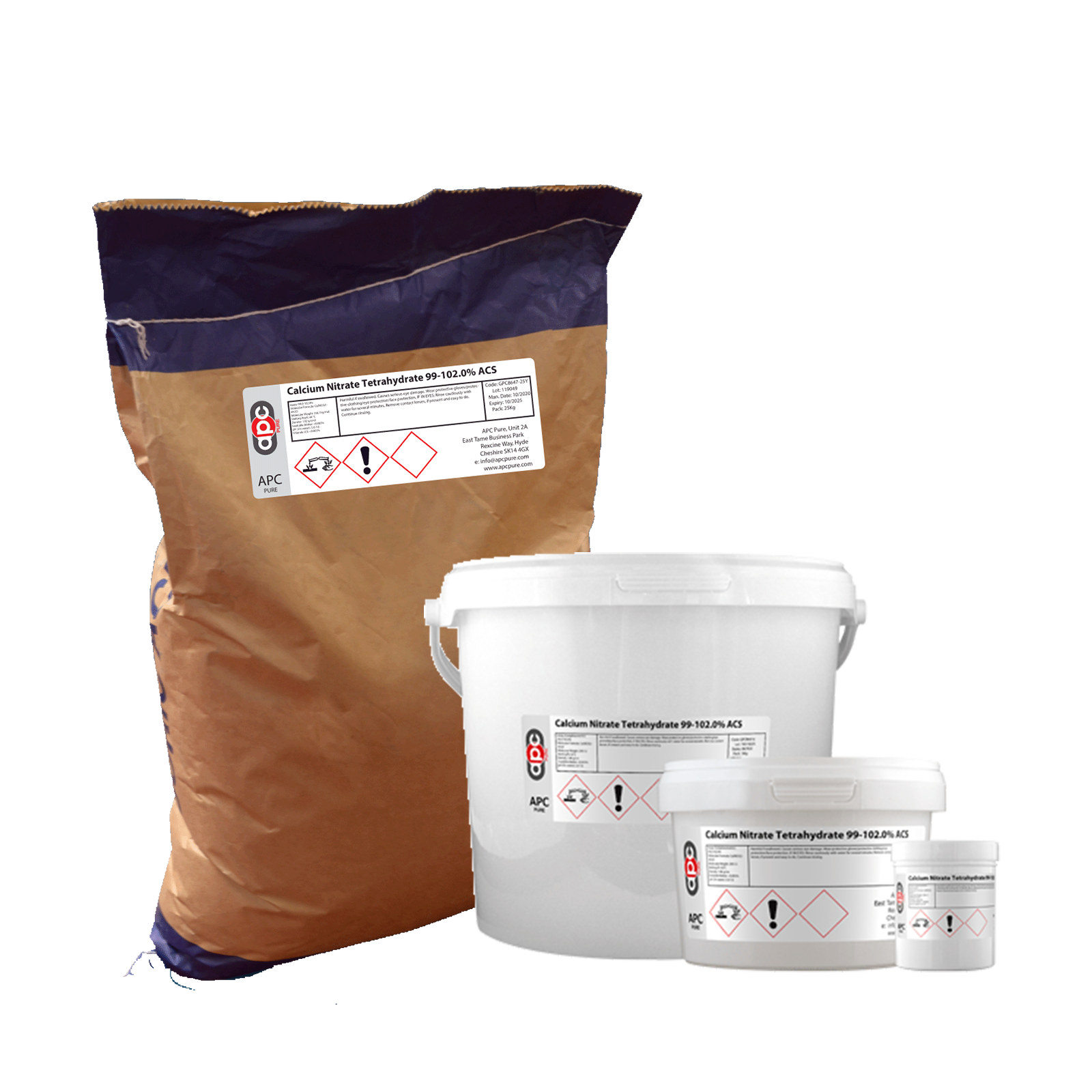Nick potts
Member
I only keep neocaridina, and Ca and Mg would be around 15ppm/6ppm, though I don't test.Hi @Nick potts , That is interesting. 3-4 is definitely the lower end of what I've come across so far... Not not say that lower GH is not possible if the shrimps Calcium needs are otherwise met by food sources. What kind of shrimps are you keeping? and what's your Ca ppm vs. Mg ppm.?
Cheers,
Michael
I do feed a lot, both to the tank in general and specifically the shrimp who get a mixed feed daily of different shrimp foods.




 We have two lists of chemicals, the first one is the no-no-no list and the second one is "We'll be watching you closely" list. Is there not a system like that in Germany? For me KNO3 was on the second list so I took the chance and havent gotten any scary phonecalls yet. I figure if they do call on me I will invite them round to view my tank and discuss why ammonia dosing isnt straight forward in aquariums with fish.
We have two lists of chemicals, the first one is the no-no-no list and the second one is "We'll be watching you closely" list. Is there not a system like that in Germany? For me KNO3 was on the second list so I took the chance and havent gotten any scary phonecalls yet. I figure if they do call on me I will invite them round to view my tank and discuss why ammonia dosing isnt straight forward in aquariums with fish.

